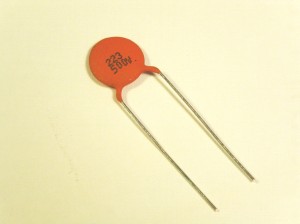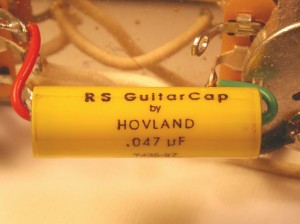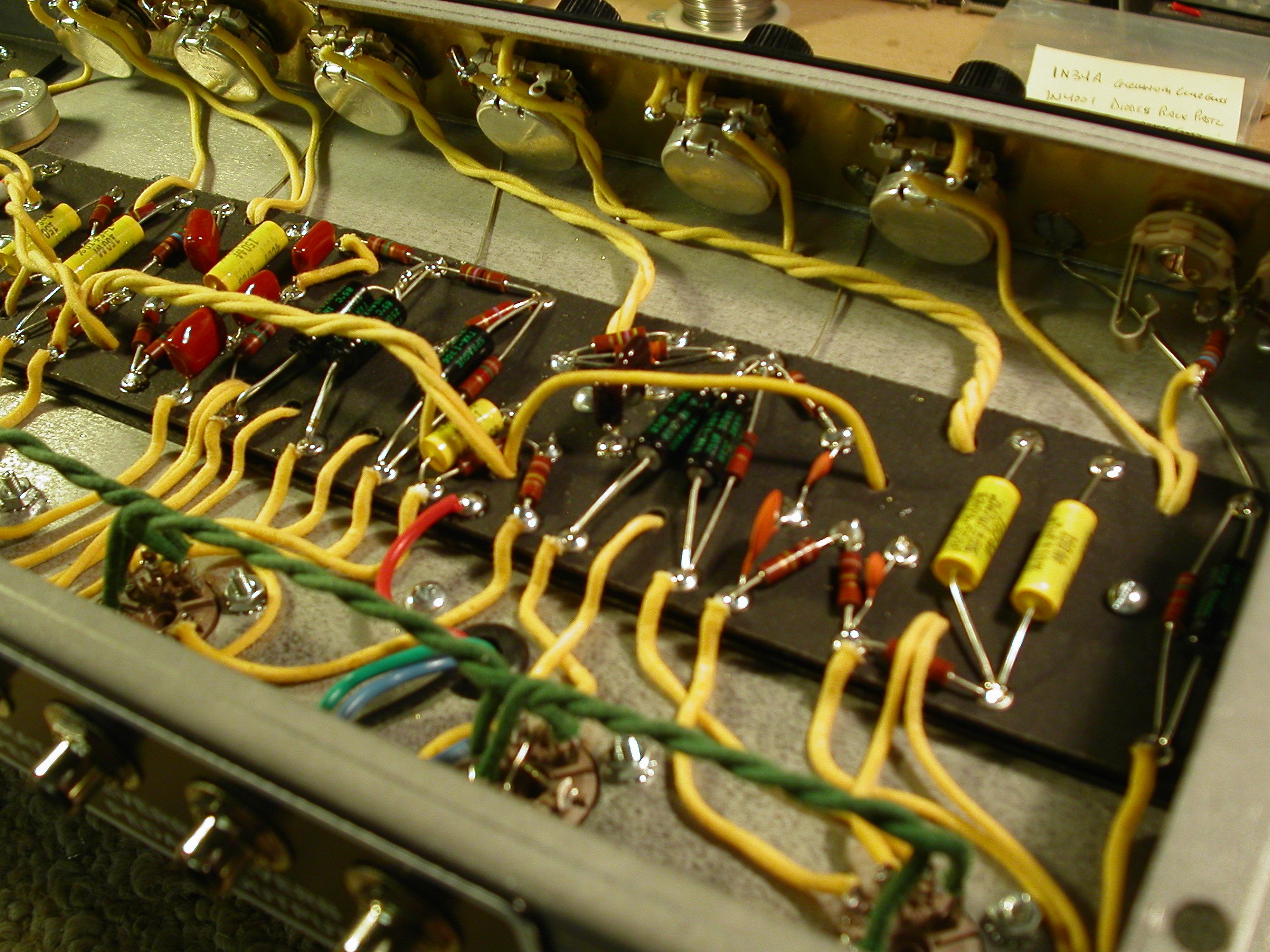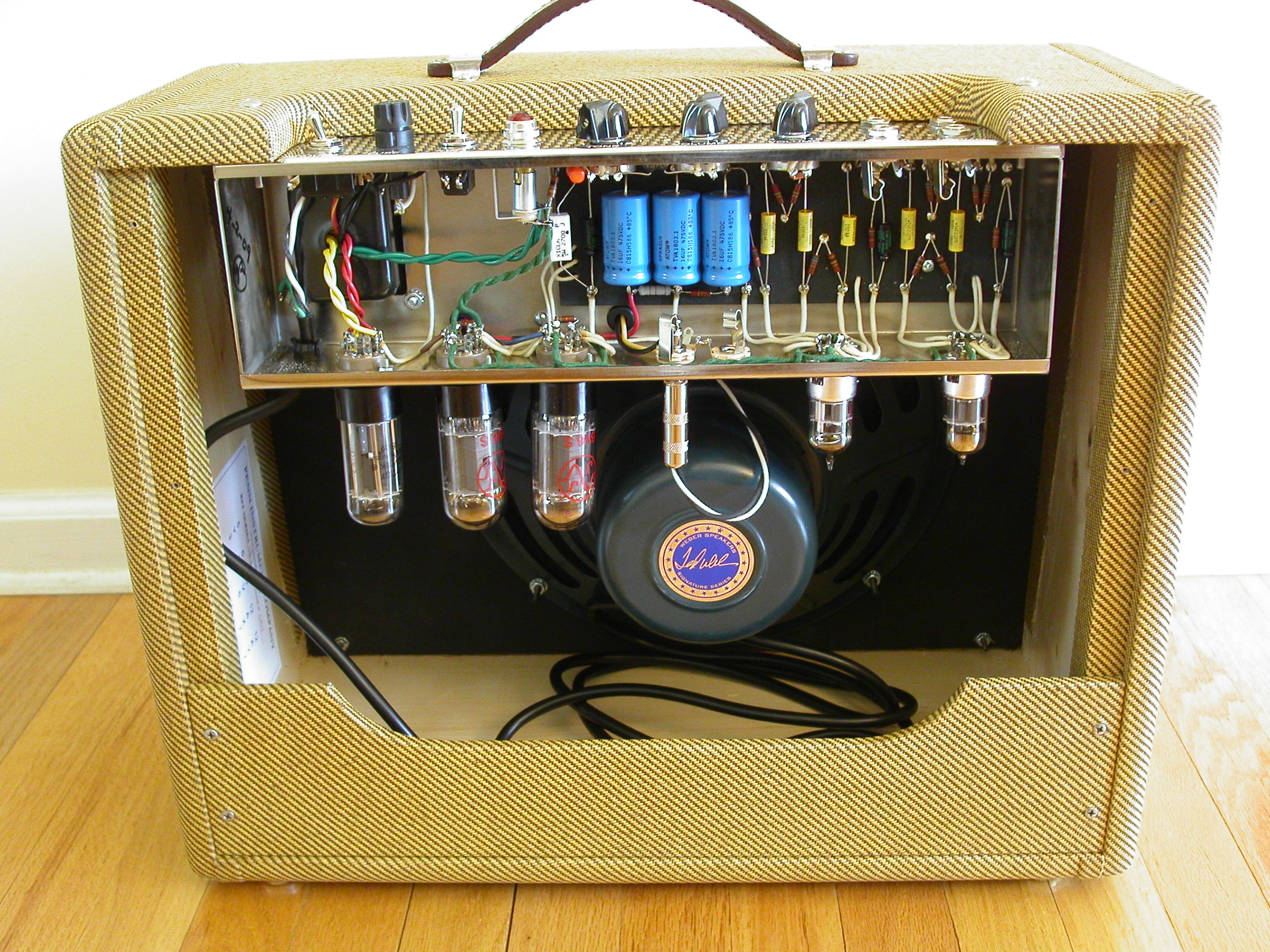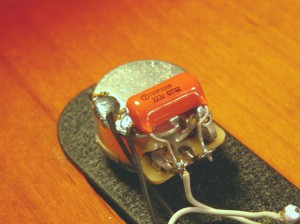 One of the simplest, effective mods you can do to your guitar “on the cheap” is to experiment with tone caps. First before we get started lets get answers to a few questions about these little buggers. What is a tone cap and how does it work? How will different values affect the sound of my guitar? What do the pots have to do with the tone caps? These are some good questions and the answers will help you select values and give an idea of how they will affect the overall tone of your guitar before you start to solder.
One of the simplest, effective mods you can do to your guitar “on the cheap” is to experiment with tone caps. First before we get started lets get answers to a few questions about these little buggers. What is a tone cap and how does it work? How will different values affect the sound of my guitar? What do the pots have to do with the tone caps? These are some good questions and the answers will help you select values and give an idea of how they will affect the overall tone of your guitar before you start to solder.
A tone cap (capacitor) is a passive electronic component that stores energy in the form of an electrostatic field. In its simplest form, a capacitor consists of two conducting plates separated by an insulating material called the dielectric. The dielectric is non-conductive and can be made form various materials such as paper or plastic among others. The capacitance is directly proportional to the surface areas of the plates, and is inversely proportional to the separation between the plates. Capacitance also depends on the dielectric constant of the substance separating the plates. So what does this mean to a guitar player? Absolutely nothing! LOL! The most important thing to know as a guitar player is that different value tone caps are going to affect different frequencies. The larger the value of the cap, the darker the resulting tone. Capacitors are measured in farads. The electronic symbol for this is uF. This is useful information for when you start buying caps to experiment with. The other value of a capacitor is the voltage rating. The voltage rating of a capacitor for use in a guitar circuit has little or no effect on tone or performance. You can use a very low voltage rating in a guitar circuit because the pickup is only putting out millivolts. The higher voltage rated caps will be physically larger and may not fit in some guitars. One detail I should mention is that in my experiments the physically smaller caps had a slight grainy sound to it. It is subtle but as compared to a larger size cap you could hear a difference.
On most Fender guitars in the early vintage days the value of the tone cap was .1uF or .05uF. These are relatively large cap values as far as guitar circuits go. Meanwhile Gibson of the same era opted for the value of .02uF. It seems that the designers felt that the brighter single coil pickups on Fender guitars needed a larger value cap while the darker Gibson pickups needed a smaller value cap. This is just my theory though.
As you roll down the tone control on your guitar the sound gets darker. The signal coming from the volume pot is connected to the tone pot. As you turn the tone pot counterclockwise resistance is decreased across the lugs of the pot and a portion of the high frequencies are shunted to ground. The value of the tone pot affects the tone control as well. A lower tone pot value of say 250k will leak a little more high frequencies to ground than a 500k or 1M value. Even though your tone control is on “10” some high frequencies leak and go to ground. Also the taper of a 250k pot will be more even and gradual vs. a 1M pot which has most of its effect in the first 1/3 of the rotation of the tone knob. You may notice on a Fender Esquire guitar with the toggle switch in the lead position the tone is brighter and livelier than the middle position. This is a great A/B comparison between a pickup with no tone pot (lead position) and the same pickup with a tone pot (middle position). The lead position is clearer and has more dynamics whereas the middle position is a little less clear and dynamic. It is subtle but you can hear it.
Now that you have a little more knowledge about how the tone circuit works you can have fun experimenting with different values. I suggest not trying a cap value larger than .1uF. A larger value will rob a lot of highs and dynamics from your guitars sound. I have noticed in my experiments that a .1uF tone cap will yield a dark, warm sound. Some jazz players may like this value and .047uF had a little more clarity but still had that darker, warmer jazzy type sound. Moving to a smaller .022uF cap yielded a more sort of nasal sound but in a good way. The jazz sound was not as dark and warm but you could still get close. However using the .022uF value for rock, blues and pop styles it was excellent and you could dial in a wide array of tones including the fabled “woman tone”. With overdrive this value was great. Beyond the .022uF value things really begin to change and the tones you get will not be the standard tones you are used to because most manufacturers use the .047uF and .022uF values. So experiment! Try .01uF, .0068uF, .0047uF, .0033uF or .001uF. Each value will change your guitars tone so take your time and listen to each one.
Different brand capacitors will have a different sound as well. There are Orange drops, Hovland, Jensen, Bumblebees, the new Luxe repros, ceramic discs and so many more. All I can say is try them. Don’t get too caught up but it is fun to experiment on the cheap to find the personal tone of your guitar!
Resources: RS Guitarworks– Excellent quality pots and an assortment of capacitors. Mouser Electronics– Every type of capacitor you could imagine. Mojo Musical Supply– Great source for capacitors and pots. Guitar Parts Resource– Wide array of capacitors, pots and much more. Glendale Guitars– Home of the paper in oil Paisley tone cap.
300Guitars Shop
- Monday: 10am - 5pm
- Tuesday: 10am - 5pm
- Wednesday: Closed
- Thursday: 10am - 5pm
- Friday: 10am - 5pm
- Saturday 10am - 2pm. (I am in every other Saturday).
- Set-ups
- Fret dressing
- Re-fretting
- New hand cut custom bone nuts & saddles
- Electronics work
- Basic maintenance
- Bias adjustment
- Repairs and restorations
- Modifications
- And more....
David Nicholas - The 20watt amp is sounding fantastic! Delivered the goods at the gig and I'm finding cool tones all over the place with it. Love the cab w Emenince Tonkerlites too- perfect for my sounds! Makes the 12 string sound like a grand piano!
Peter Lacis - I had an audition for something recently that was all about Led Zeppelin I -- my custom Pennalizer BLEW THE MINDS of the guys I was playing with. They couldn't believe the sounds coming out of that amp. That album was never in my mind when I came up with the idea....so that's yet another testament to the amazing work that you do.
Scott Goldberg - I am very satisfied with the set-up, and the fast turn around. With the "lower" action it feels easier to play. I will definitely spread the word.
